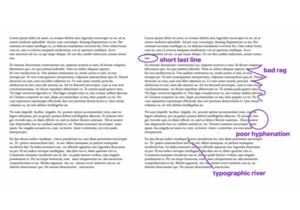There’s a “C” word in web development that we don’t give enough attention to. No, I’m not talking about “continuous integration”, or even “CSS”. The “C” word I’m talking about is “constraints”. Understanding constraints is a vital part of building software that works the best it can in its targeted environment(s). Yet, the difficulty of that task varies based on the systems we develop for. Super Nintendo games were the flavor of the decade when I was younger, … Read article “Recognizing Constraints”
The post Recognizing Constraints appeared first on CSS-Tricks. You can support CSS-Tricks by being an MVP Supporter.
Accedi per aggiungere un commento
Altri post in questo gruppo



Tips and tricks on utilizing the CSS backdrop-filter property to style user interfaces. You’ll learn how to layer backdrop filters among multiple elements, and integrate them with othe

Custom cursors with CSS are great, but we can take things to the next level with JavaScript. Using JavaScript, we can transition between cursor states, place dynamic text within the cursor, apply c

This CSS-Tricks update highlights significant progress in the Almanac, recent podcast appearances, a new CSS counters guide, and the addition of several new authors contributing valuable content.

If I were starting with CSS today for the very first time, I would first want to spend time understanding writing modes because that’s

Most of the time, people showcase Tailwind's @apply feature with one of Tailwind's single-property utilities (which changes a single CSS declaration). When showcased this way, @apply d
